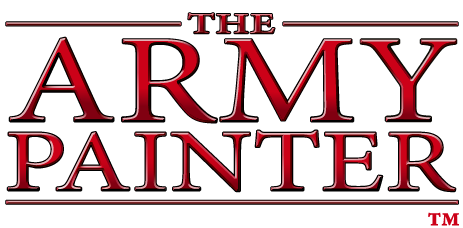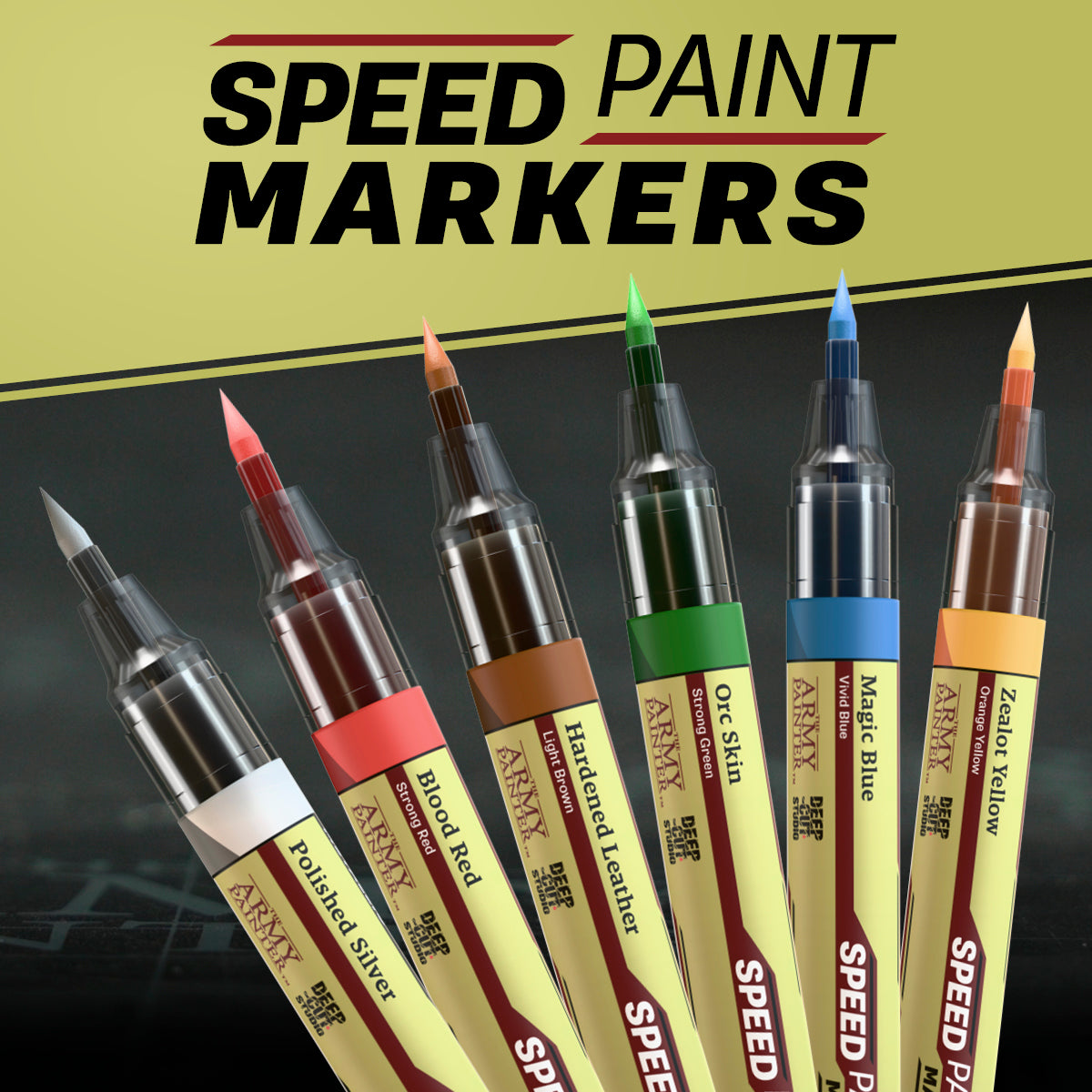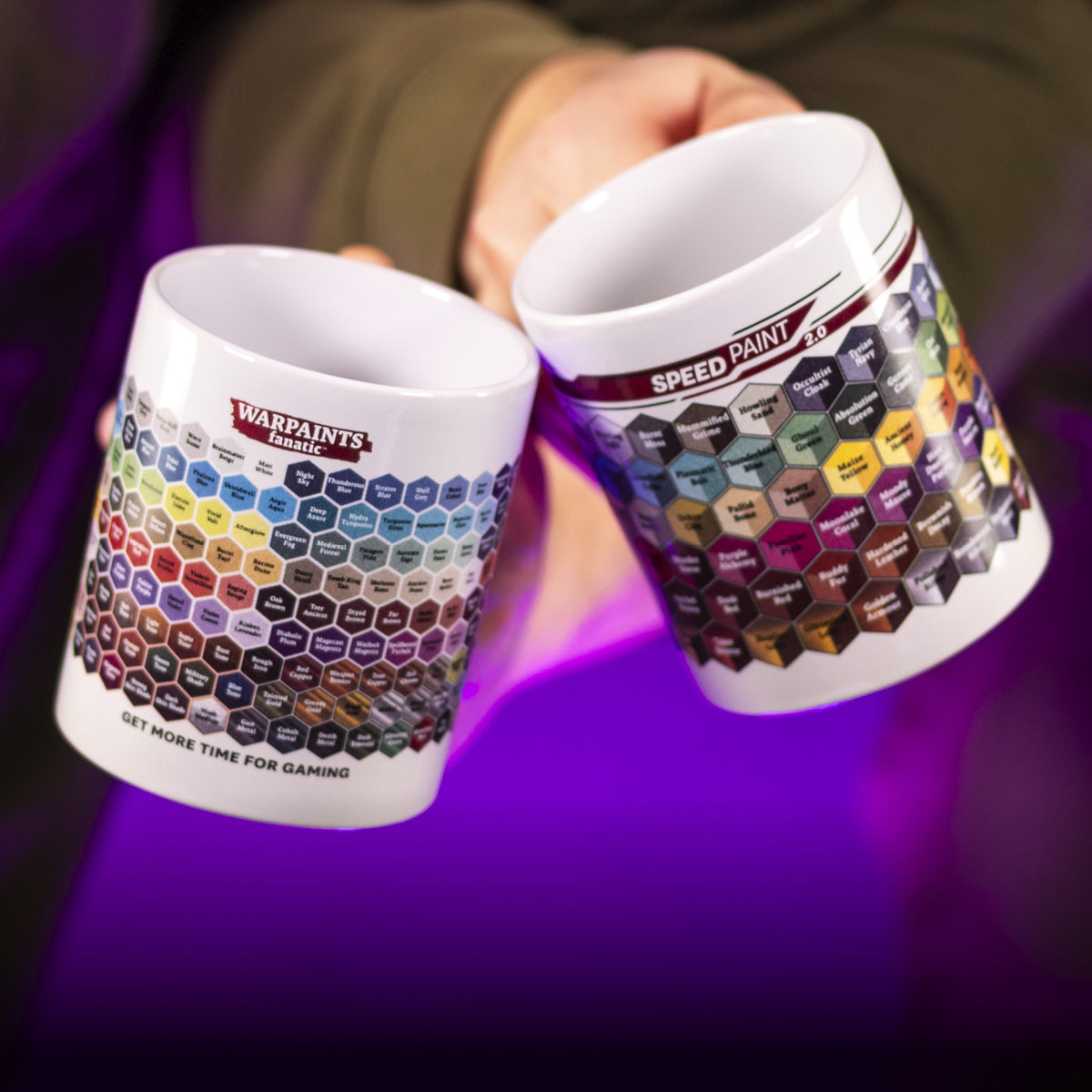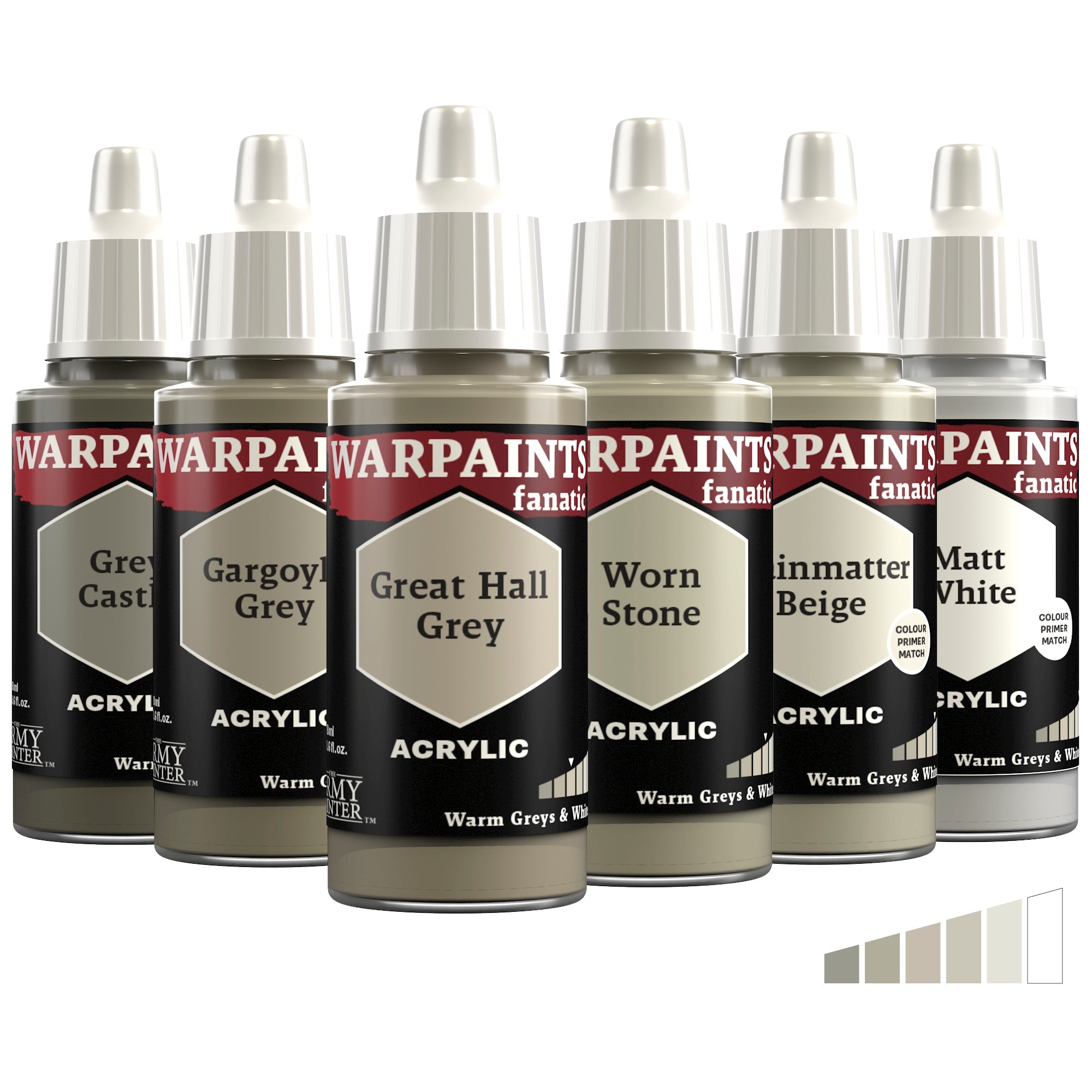
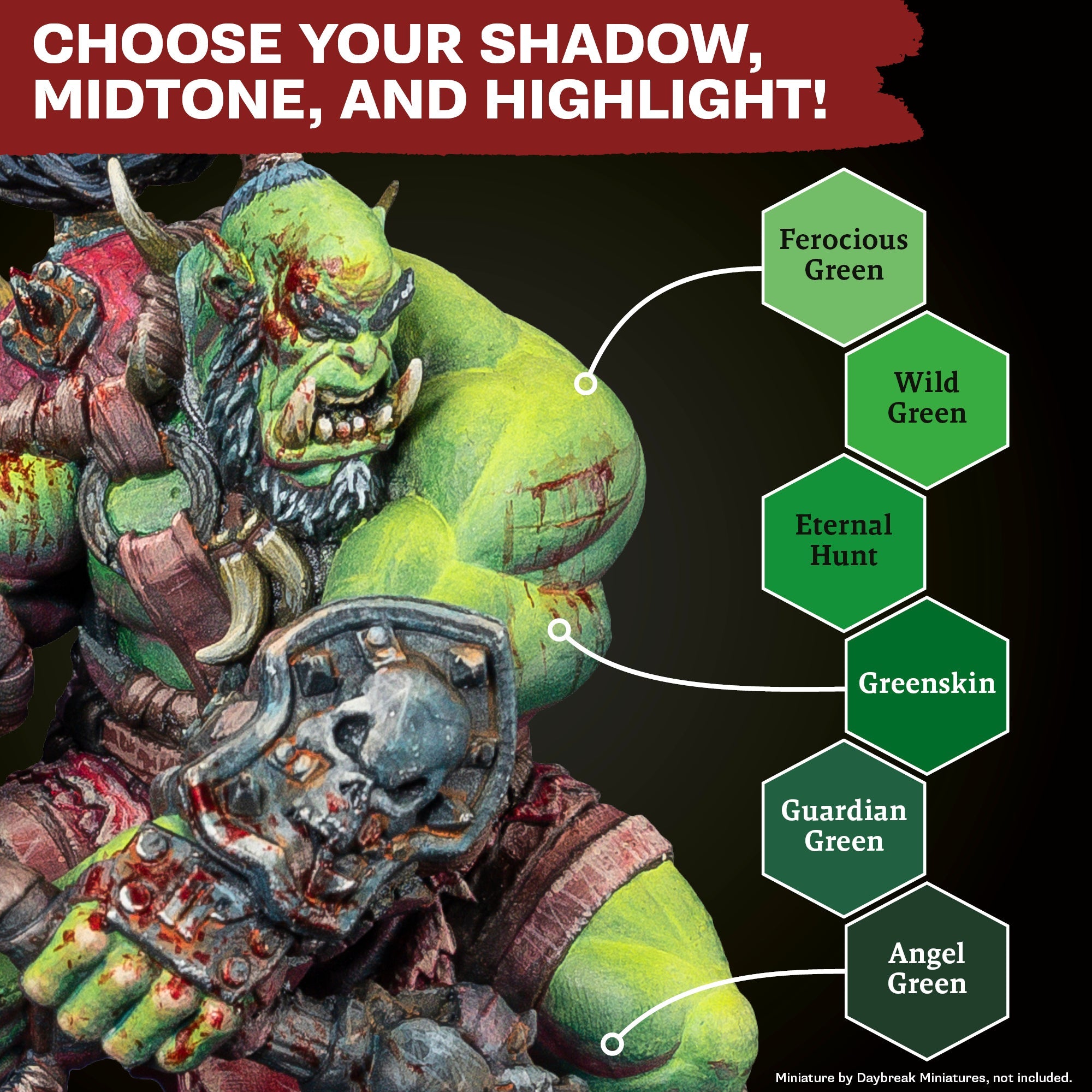





Flexible Triad: Warm Greys & White
- 6 x 18ml Warpaints Fanatic acrylic paint
- Perfect for highlighting and painting stony textures and rocky environments
- Makes colour choice easy
- Flexible Colour Triad with six colours ranging from deep and dark, to bright and light
Enjoy free shipping on all orders over $70!

Flexible Triad: Warm Greys & White
Sale price$28.08
Regular price (/)
PRODUCT INFO
HOW TO USE
SAFETY
SHIPPING
 UNITED STATES From: 17,99 €
UNITED STATES From: 17,99 €
 UNITED KINGDOM From: 8,99 €
UNITED KINGDOM From: 8,99 €
 FRANCE From: 4,99 €
FRANCE From: 4,99 €
 GERMANY From: 5,99 €
GERMANY From: 5,99 €
 ITALY From: 8,99 €
ITALY From: 8,99 €
 NETHERLANDS From: 4,99 €
NETHERLANDS From: 4,99 €
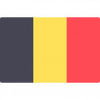 BELGIUM From: 4,99 €
BELGIUM From: 4,99 €
 DENMARK From: 4,99 €
DENMARK From: 4,99 €
 IRELAND From: 8,99 €
IRELAND From: 8,99 €
 SPAIN From: 8,99 €
SPAIN From: 8,99 €
 SWEDEN From: 6,99 €
SWEDEN From: 6,99 €
 AUSTRIA From: 7,99 €
AUSTRIA From: 7,99 €
 FINLAND From: 8,99 €
FINLAND From: 8,99 €
 PORTUGAL From: 8,99 €
PORTUGAL From: 8,99 €
 POLAND From: 7,99 €
POLAND From: 7,99 €
 CZECH REPUBLIC From: 7,99 €
CZECH REPUBLIC From: 7,99 €
 CROATIA From: 12,99 €
CROATIA From: 12,99 €
 HUNGARY From: 11,99 €
HUNGARY From: 11,99 €
 SLOVENIA From: 11,99 €
SLOVENIA From: 11,99 €
 LUXEMBOURG From: 4,99 €
LUXEMBOURG From: 4,99 €
 GREECE From: 15,99 €
GREECE From: 15,99 €
 ROMANIA From: 10,99 €
ROMANIA From: 10,99 €
 LATVIA From: 11,99 €
LATVIA From: 11,99 €
 BULGARIA From: 12,99 €
BULGARIA From: 12,99 €
 LITHUANIA From: 10,99 €
LITHUANIA From: 10,99 €
 ESTONIA From: 10,99 €
ESTONIA From: 10,99 €
 SLOVAKIA From: 10,99 €
SLOVAKIA From: 10,99 €
 UNITED STATES From: 17,99 €
UNITED STATES From: 17,99 €
 UNITED KINGDOM From: 8,99 €
UNITED KINGDOM From: 8,99 €
 FRANCE From: 4,99 €
FRANCE From: 4,99 €
 GERMANY From: 5,99 €
GERMANY From: 5,99 €
 ITALY From: 8,99 €
ITALY From: 8,99 €
 NETHERLANDS From: 4,99 €
NETHERLANDS From: 4,99 €
 BELGIUM From: 4,99 €
BELGIUM From: 4,99 €
 DENMARK From: 4,99 €
DENMARK From: 4,99 €
 IRELAND From: 8,99 €
IRELAND From: 8,99 €
 SPAIN From: 8,99 €
SPAIN From: 8,99 €
 SWEDEN From: 6,99 €
SWEDEN From: 6,99 €
 AUSTRIA From: 7,99 €
AUSTRIA From: 7,99 €
 FINLAND From: 8,99 €
FINLAND From: 8,99 €
 PORTUGAL From: 8,99 €
PORTUGAL From: 8,99 €
 POLAND From: 7,99 €
POLAND From: 7,99 €
 CZECH REPUBLIC From: 7,99 €
CZECH REPUBLIC From: 7,99 €
 CROATIA From: 12,99 €
CROATIA From: 12,99 €
 HUNGARY From: 11,99 €
HUNGARY From: 11,99 €
 SLOVENIA From: 11,99 €
SLOVENIA From: 11,99 €
 LUXEMBOURG From: 4,99 €
LUXEMBOURG From: 4,99 €
 GREECE From: 15,99 €
GREECE From: 15,99 €
 ROMANIA From: 10,99 €
ROMANIA From: 10,99 €
 LATVIA From: 11,99 €
LATVIA From: 11,99 €
 BULGARIA From: 12,99 €
BULGARIA From: 12,99 €
 LITHUANIA From: 10,99 €
LITHUANIA From: 10,99 €
 ESTONIA From: 10,99 €
ESTONIA From: 10,99 €
 SLOVAKIA From: 10,99 €
SLOVAKIA From: 10,99 €
